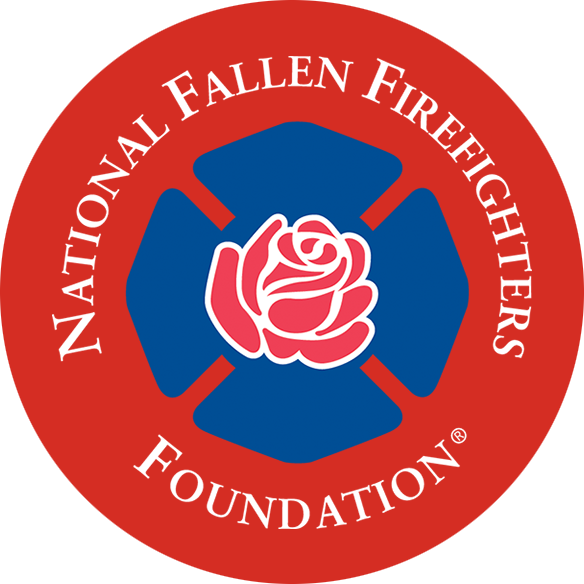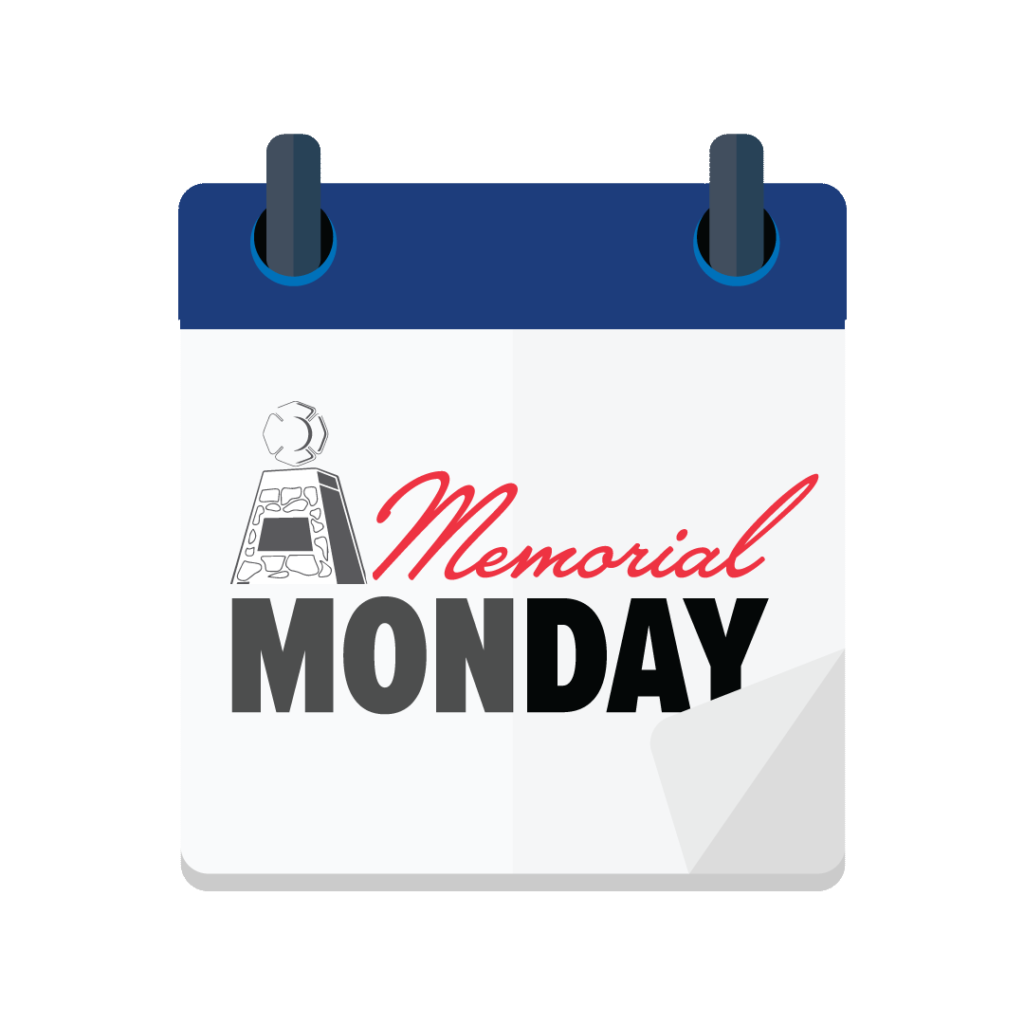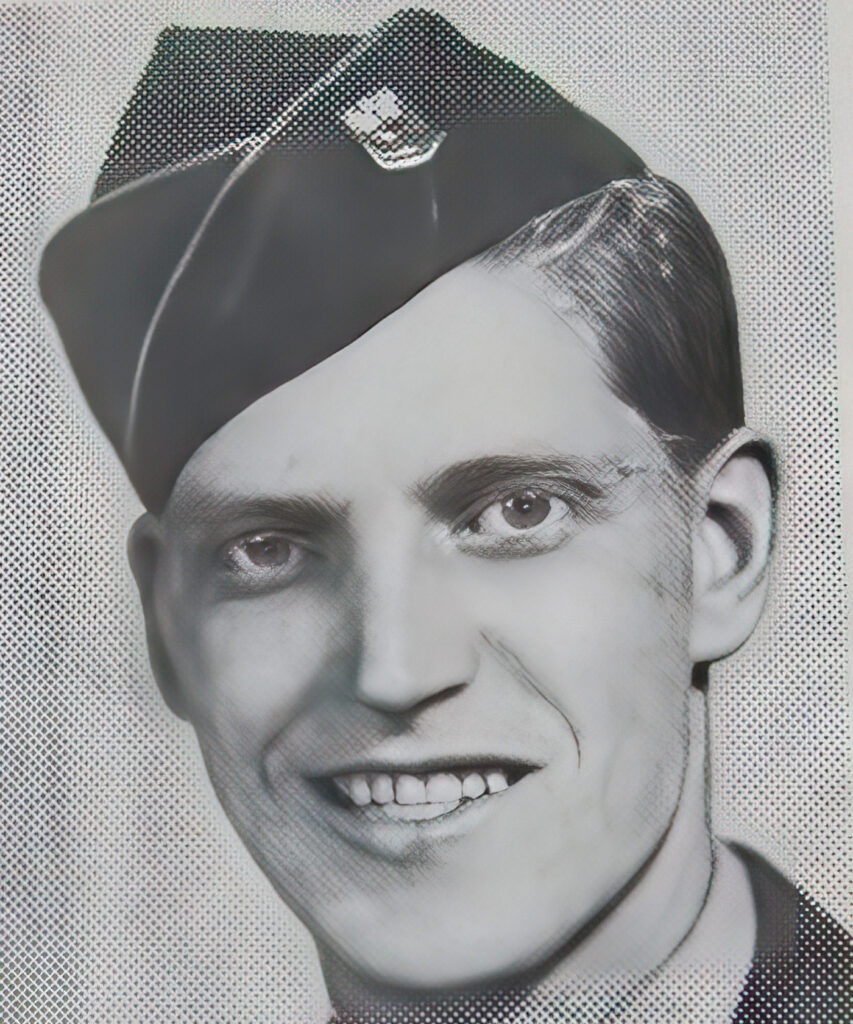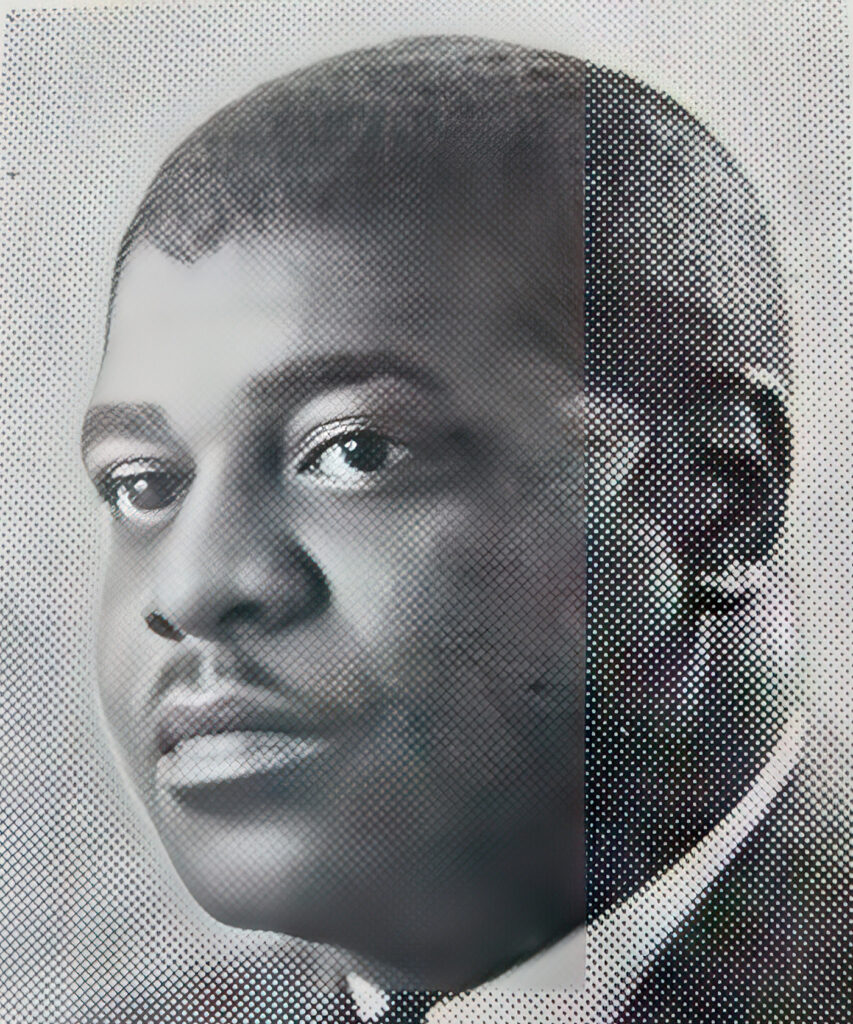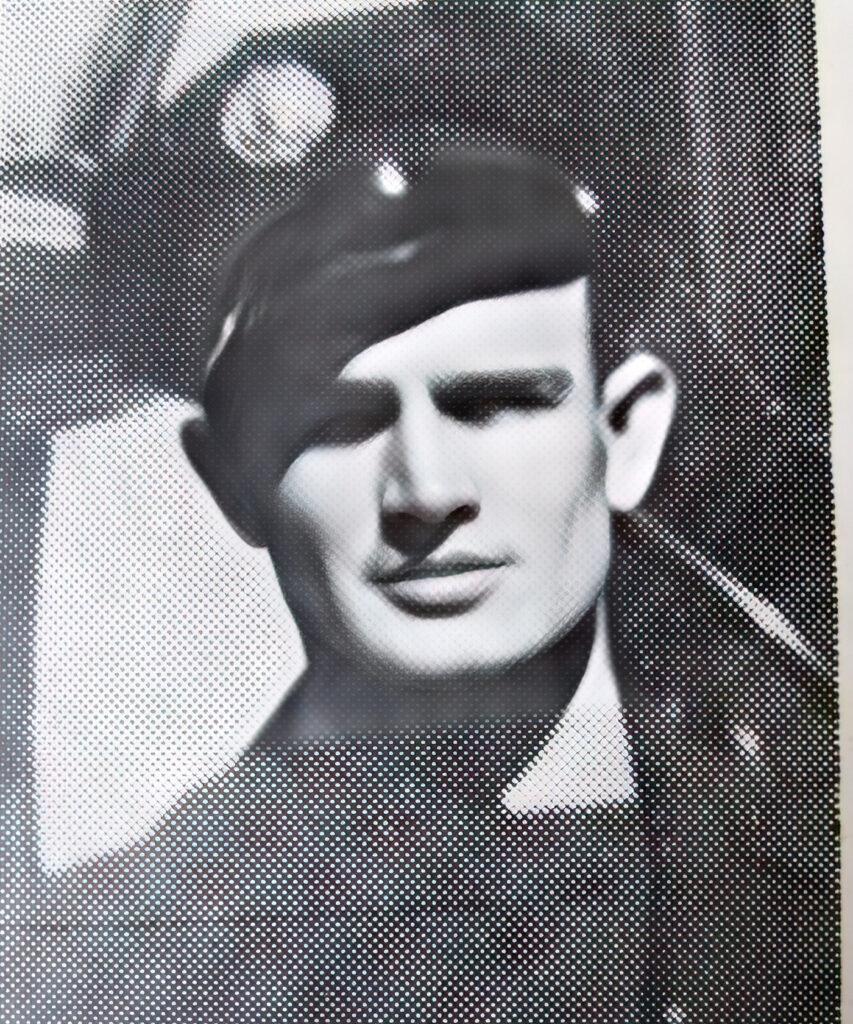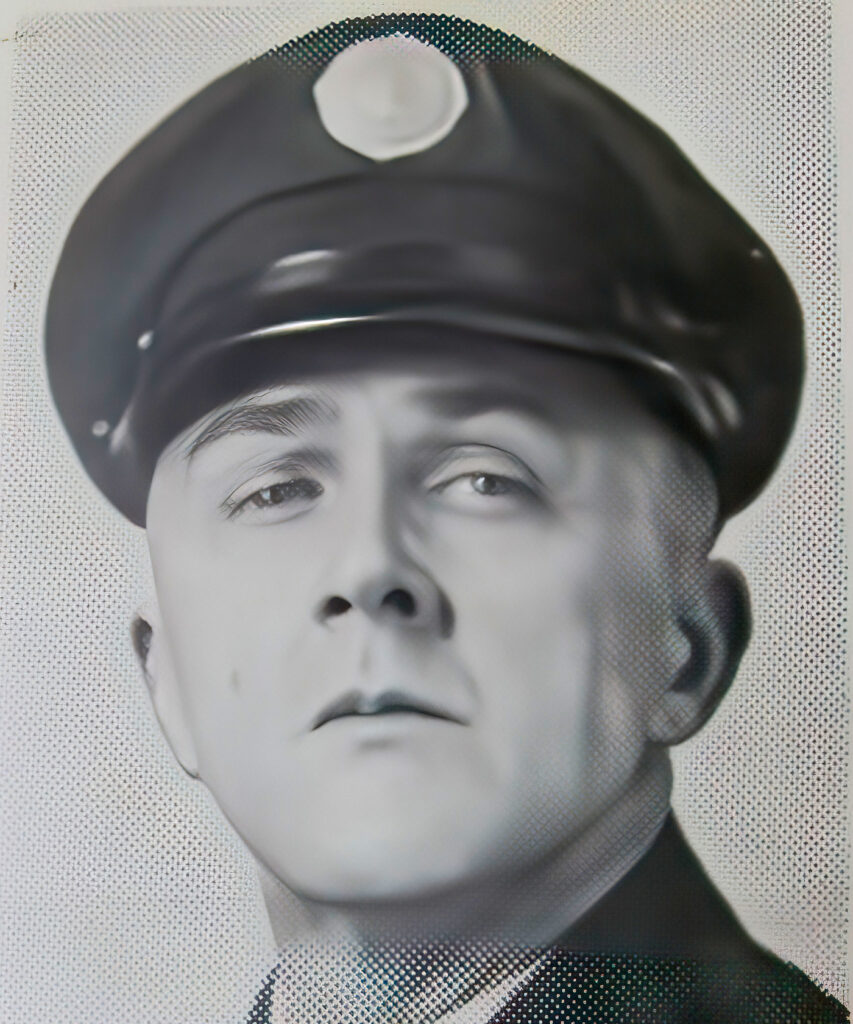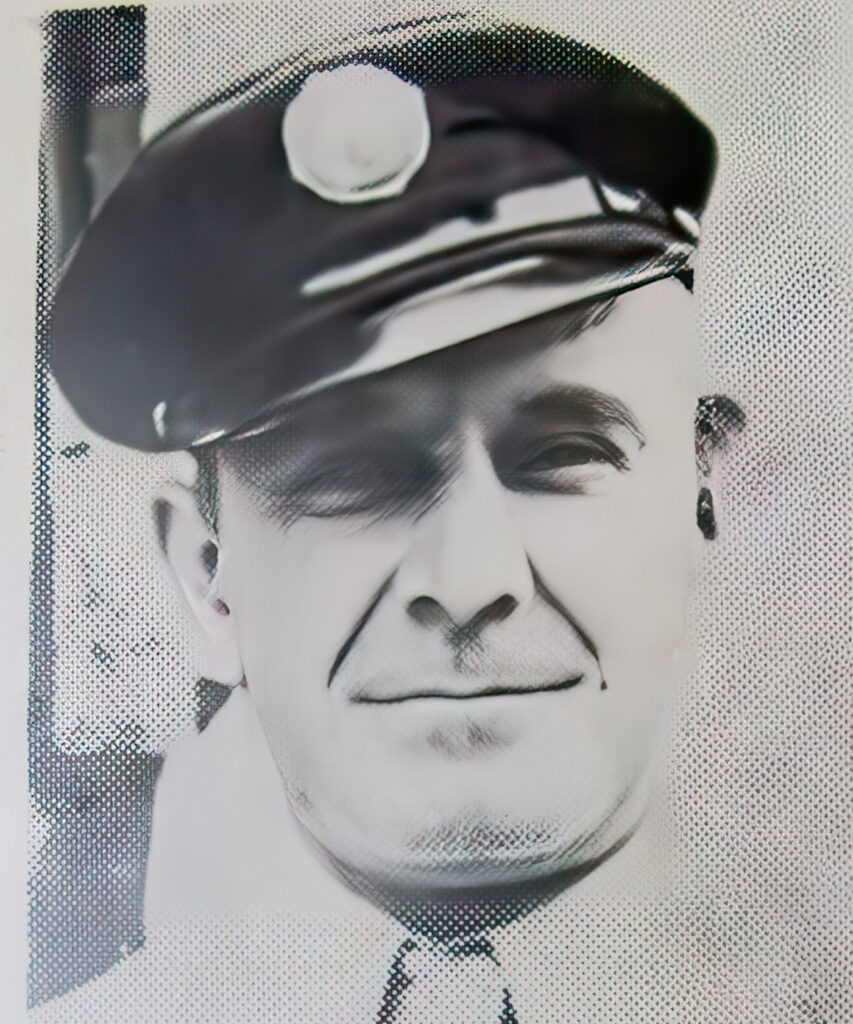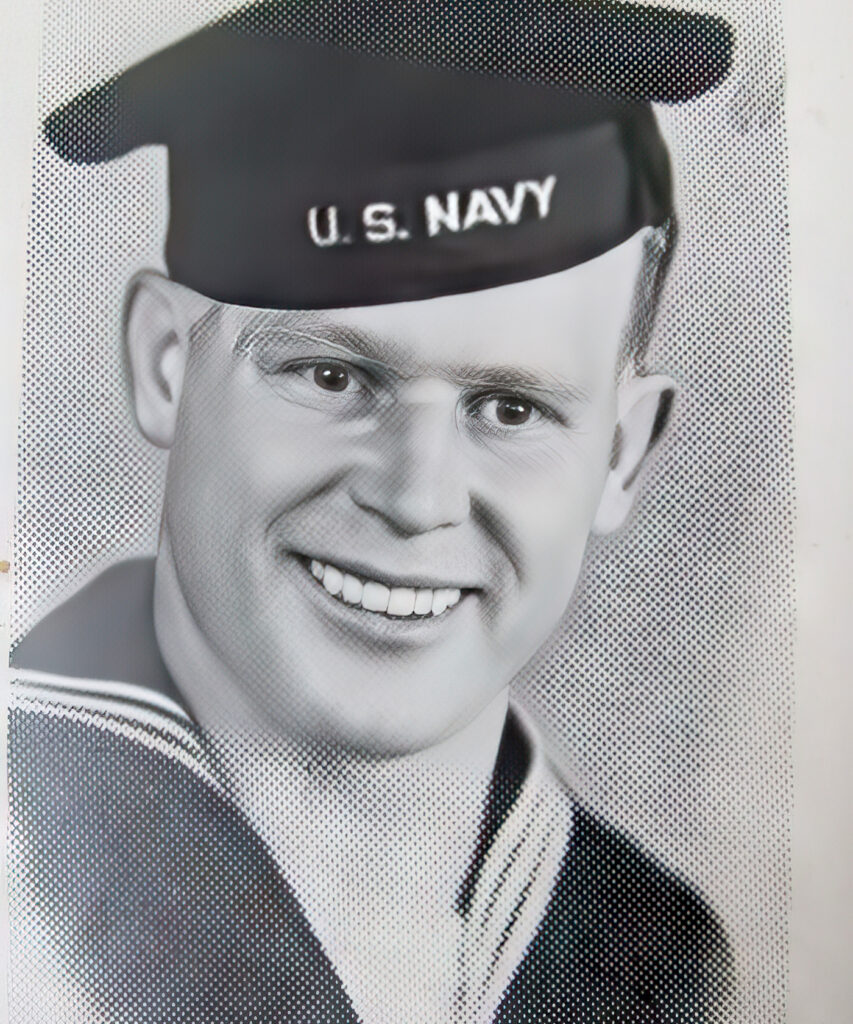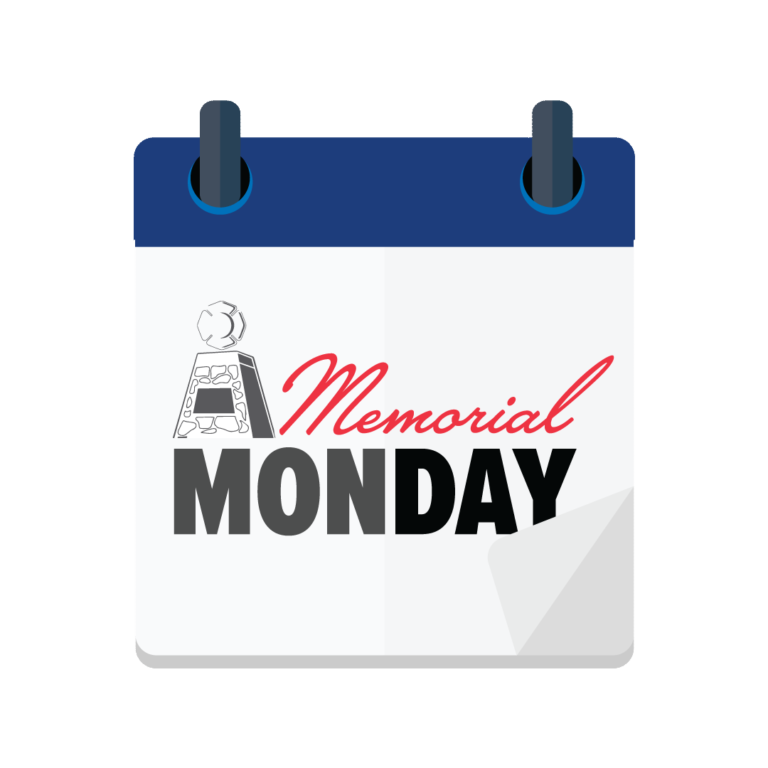Incident Date:
March 4, 1949
Department:
Charleston Fire Department (WV)
Number of Line-of-Duty Deaths:
7
In the early morning hours of March 4, 1949, Patrolman Wayne Casdroph discovered a fire at the Woolworth Department Store on Capitol Street in Charleston, West Virginia. Only a small amount of smoke was visible on the first floor, leaving firefighters unaware of the intense blaze raging below the heavy terrazzo floor.
According to Fire Chief Louis McClain, 12 firefighters descended a winding staircase into the basement in an effort to locate the fire. Meanwhile, another crew entered through the front door on the first floor. Firefighters Richard Gilmer and James Paul “Jiggs” Little were operating a hoseline with a cellar nozzle on the first floor when the floor suddenly gave way beneath them. The collapse sent firefighters, along with store merchandise, displays, and building debris, plunging into the burning basement.
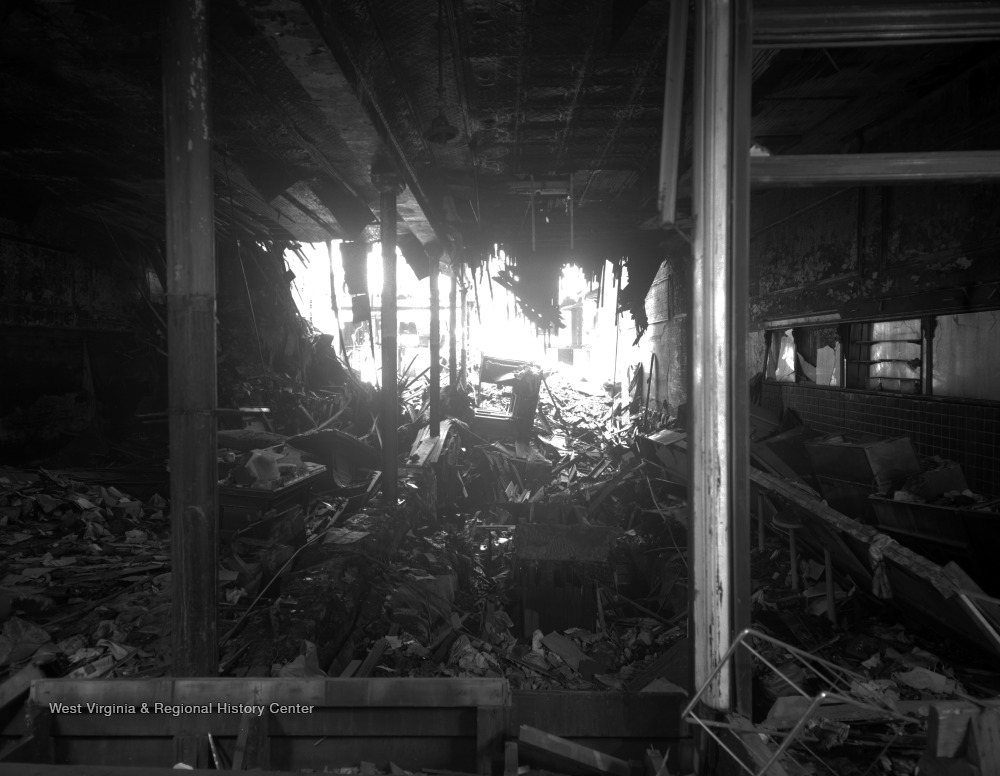
While some firefighters were pulled to safety from the basement, others were not as fortunate. Firefighter George Coates heroically grabbed a fellow firefighter as he fell, swinging him to safety. Believing his partner was still trapped, he reentered the basement to search for him, unaware that his partner had already escaped. Tragically, Coates never made it out. He was one of seven firefighters who lost their lives that day, including: George Coates, James Paul “Jiggs” Little, Frank Miller, Richard McCormick, Emory Pauley, T. Frank Sharp, and Freddie Summers.
Fifteen other firefighters sustained injuries, including two in critical condition: Captain Charles Clendenin, who experienced severe smoke inhalation, and Firefighter Carl Wiblin, who suffered extensive burns.
The fire, which spread to the roof of the adjacent Kresge Building, and its roof partially burned and collapsed. In total, the disaster resulted in over $1 million in damage.
At the time, this was considered the nation's deadliest fire in terms of firefighter fatalities in a single incident.
This incident remains one of the most tragic in Charleston’s history, highlighting the dangers firefighters face and underscoring the importance of studying building construction and pre-fire planning.
Sacrifice That Sparked a Movement
This tragedy also underscored the racial inequalities of the time. Two of the fallen firefighters had bravely risked their lives to protect a store where they themselves would not have been permitted to sit at the lunch counter. Their sacrifice became a powerful catalyst for change, inspiring African Americans in Charleston to organize city-wide sit-ins and boycotts in the fight for civil rights. In 1958, Charleston took a significant step toward equality when African Americans were finally allowed to sit and eat at lunch counters, a milestone in the ongoing fight for justice.
Memorializing Heroes
A memorial plaque affixed to the original building at the corner of Capitol and Quarrier Streets serves as a lasting tribute to that tragic day. Memorial Trees were also planted in memory of the firefighters on Kanawha Boulevard. These courageous men were also honored in Charleston with their inclusion in the West Virginia Fallen Firefighters Memorial, which was officially dedicated on the State Capitol Grounds in 1994.
